Special
How to prepare for an egg freezing consultation
By Jenny Saft, CEO and co-founder of Apryl
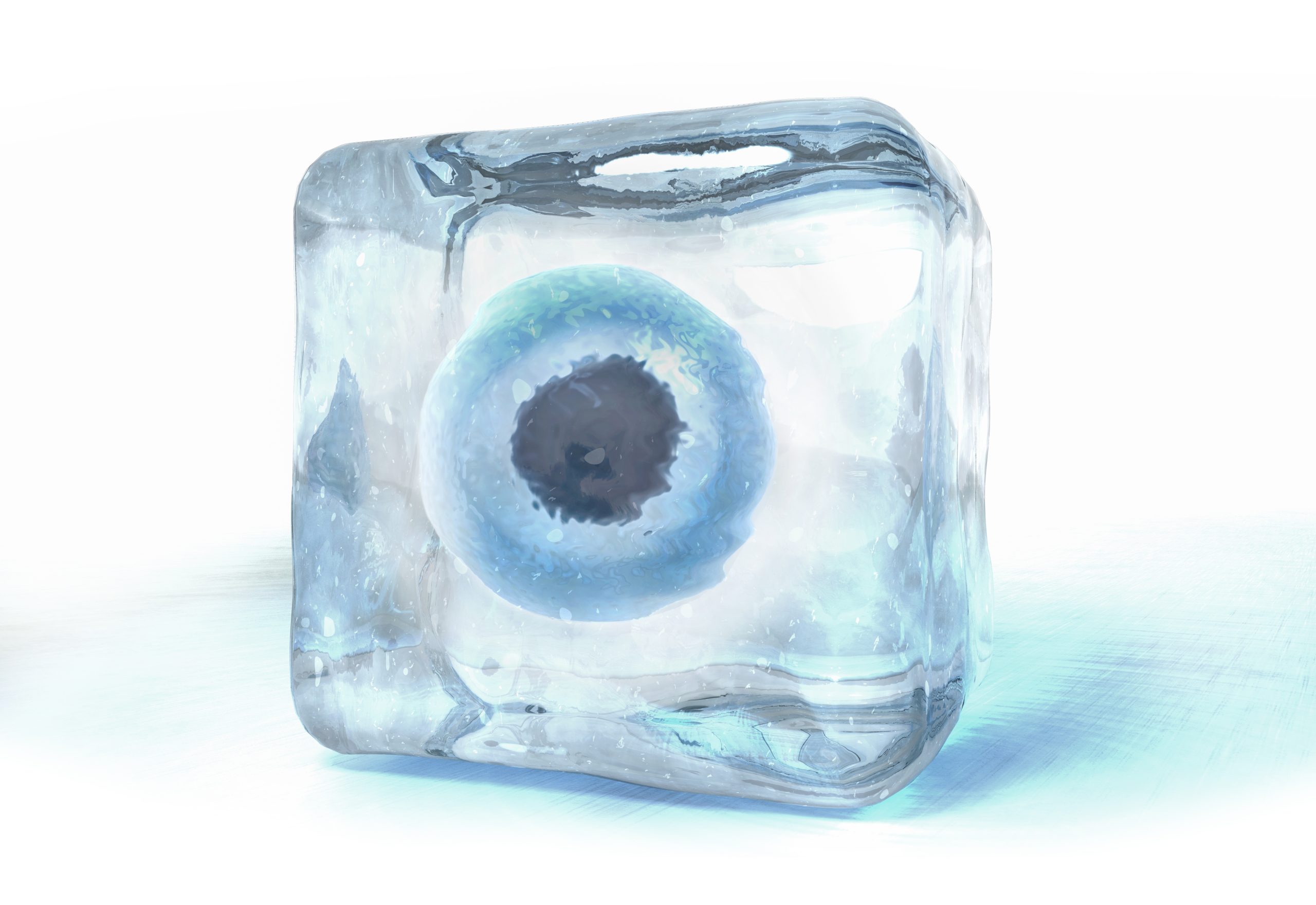
Jenny Saft, co-founder of the fertility benefits platform Apryl, shares her tips on how to prepare for your first egg freezing consultation.
Egg freezing is a procedure that involves collecting a woman’s eggs from her ovaries and freezing them for use in the future.
There are a number of reasons why women may choose to freeze their eggs. Often, women want to preserve their fertility so that they can try and have a family when they are ready at a later date.
This is known as ‘social’ egg freezing. Women may also choose to freeze their eggs before undergoing medical treatment that may impact their fertility, such as chemotherapy. When a woman is ready to use the frozen eggs, they are defrosted and fertilised, before being transferred to the womb.
How to prepare for an egg freezing consultation
Research your clinic
Not all fertility clinics are created equal. So before selecting a clinic for your egg freezing procedure, it’s important to do your research.
Start by making a list of your priorities, such as cost, location or your connection with the fertility doctor. Also consider the areas where you might be willing to compromise. Once you’ve decided on your criteria for a clinic, you’ll be able to narrow down your options.
Comparing different clinics, visiting their facilities and reading reviews are excellent ways to obtain valuable information and build a bigger picture of the clinic before you commit.
Think through the questions you want to ask at your consultation
A fertility consultation can feel daunting. Preparing the questions you want to ask in advance can help you ensure you cover everything and don’t forget to ask about something that’s important to you.
A great question to ask (which people often forget) is ‘who are the clinic’s embryologists and how experienced are they?’. The quality of the embryologists will determine the quality of the egg freeze and thaw (should you eventually wish to use them).
Don’t be afraid to ask difficult questions and ask again if the answers you’re given aren’t clear.
Get clarity on costs
The exact cost of egg freezing procedures varies significantly from clinic to clinic – and will also vary depending on whether you eventually use the frozen samples, and how long they are in storage for.
Typically, one egg freezing cycle tends to cost between £3,800 to £5,000 in the UK, with an annual storage fee of up to £350. Sometimes, it can take women two or three cycles to collect the number of eggs they want to freeze.
There is no ‘perfect’ number, and the number of eggs you choose to freeze will depend on your age, ovarian reserves and reason for freezing. However, data does show that if you freeze at least 20 eggs before the age of 35, you have a 90 per cent chance of having at least one birth.
If you choose to fertilise the eggs and go for embryo transfer further down the line, this procedure can cost up to £5,000. So the whole process for egg freezing, thawing and transfer can cost anything up to £10,000, and sometimes more.
Getting clarity on estimated costs at the clinic you choose will help you to prepare financially and will prevent ‘surprise’ or unexpected costs from setting you back.
Check your workplace policy
Increasing numbers of employers are wrapping fertility support into their employee benefits packages. So, before you embark on your egg freezing journey, check what support is in place where you work.
From giving staff paid time off for consultations and treatment-related sickness, to actually funding fertility treatments themselves and supporting people with fertility counselling, there are lots of great ways employers are helping. If your company has a fertility benefits policy in place, use this to your advantage.
Mentally prepare for treatment side-effects
Egg freezing impacts different people’s bodies in different ways. Knowing about the potential side effects will help you to prepare for the ways in which your body might change.
For example, injecting yourself with medication to stimulate ovulation can feel difficult and invasive to begin with; and the drugs themselves can lead to side effects including bloating and mood swings.
The egg retrieval procedure can lead to cramps (similar, for many women, to bad period pains) and bruising around the abdomen. For most women, these side effects are more than worth it for the outcome. But if you know what to expect, you can be better prepared.
Overall, freezing your eggs should feel like an empowering experience and being prepared for your first consultation will help.
It’s important that you feel comfortable throughout the process, are able to trust your clinic and doctor and ask any questions that are on your mind.
Cancer
HIV research paves way for new ovarian cancer therapies

HIV research has identified a new target for ovarian cancer by selectively blocking a cleft in the retinoblastoma protein that protects tumour-supporting macrophages.
The discovery could make ovarian – and potentially other – cancers more responsive to immunotherapies, treatments that use the body’s immune system to fight disease.
Scientists at the Wistar Institute found that targeting a specific cleft in the retinoblastoma protein removed only tumour-supporting macrophages while sparing those that fight disease.
Macrophages are immune cells that can either attack tumours or shield them from harm.
The work builds on decades of HIV studies led by Dr Luis Montaner, executive vice president of the Wistar Institute and director of its HIV Cure and Viral Diseases Center.
Montaner said: “This target emerged from our work understanding how macrophages survive HIV infection.
“It shows how insights from one field of medicine can inform breakthroughs in another.”
Targeting tumour-protecting macrophages without harming beneficial ones has long been a challenge.
Wistar researchers showed that selectively inhibiting this protein cleft depleted only tumour-supporting macrophages, leaving protective immune cells intact. Animal studies confirmed tumour shrinkage using this approach.
Montaner said: “This is a first-in-kind target against a solid tumour.
“It opens new avenues for therapies that could complement existing immunotherapies.”
The study highlights the value of long-term, cross-disciplinary research. It took more than 10 years from the initial HIV-linked finding to identifying this cancer target.
Next steps include exploring applications in acute myeloid leukaemia, pancreatic cancer and combination therapies.
News
US incineration of contraceptives denies 1.4m African women and girls lifesaving care, NGO says

The US decision to incinerate US$9.7m worth of contraceptives is expected to result in 174,000 unintended pregnancies and 56,000 unsafe abortions across five African countries.
The medical supplies, many of which were not due to expire until between 2027 and 2029, would have supported more than 1.4 million women and girls in the Democratic Republic of Congo, Kenya, Tanzania, Zambia and Mali.
The products had already been manufactured, packaged and prepared for delivery. Around 77 per cent were earmarked for distribution in the five African nations.
The International Planned Parenthood Federation (IPPF), a global healthcare provider and advocate for sexual and reproductive rights, offered to take the contraceptives for redistribution at no cost to US taxpayers. The offer was declined.
IPPF said the decision would deny women and girls in the affected countries access to lifesaving care.
Tanzania will be hardest hit, losing more than 1 million injectable doses and 365,100 implants – small devices inserted under the skin that release hormones to prevent pregnancy.
This amounts to 28 per cent of the country’s total annual contraceptive need.
Dr Bakari, project coordinator at Umati, IPPF’s member association in Tanzania, said: “We are facing a major challenge.
“The impact of the USAID funding cuts has already significantly affected the provision of sexual and reproductive health services in Tanzania, leading to a shortage of contraceptive commodities, especially implants.
“This shortage has directly impacted clients’ choices regarding family planning uptake.”
In Mali, women will lose access to 1.2 million oral contraceptive pills and 95,800 implants, nearly one-quarter of the country’s annual requirement.
In Zambia, 48,400 implants and 295,000 injectable doses will no longer be available. In Kenya, 108,000 women will go without contraceptive implants.
Marie Evelyne Petrus-Barry, IPPF’s Africa regional director, called the move “appalling and extremely wasteful”.
She said: “These lifesaving medical supplies were destined to countries where access to reproductive care is already limited, and in some cases, part of a broader humanitarian response, such as in the DRC.
“The choice to incinerate them is unjustifiable.”
In Kenya, the cuts compound an already strained system.
Nelly Munyasia, executive director of the Reproductive Health Network in Kenya, said stocks of long-term contraceptives had already run out, and warned of further consequences.
She said: “There is a 46 per cent funding gap in Kenya’s national family planning programme,.
“These systemic setbacks come at a time when unmet need for contraception remains high. Nearly one in five girls aged 15 to 19 are already pregnant or has given birth.
“Unsafe abortions remain among the five leading causes of maternal deaths in Kenya.”
Munyasia also warned that health workers’ skills are being eroded and said a lack of contraceptive access would increase maternal deaths as more women seek unsafe abortions.
While Kenya’s 2010 constitution allows abortion when a pregnant person’s life or health is at risk, the 1963 penal code still criminalises the procedure.
As a result, healthcare providers often avoid offering abortion care, even in emergencies.
A US state department spokesperson confirmed last month that the decision to destroy the supplies had been authorised.
Reports indicated the products were to be incinerated in France, prompting the French government to say it was “following the situation closely” following objections from rights and family planning groups.
The state department said the contraceptives could not be sold or donated to “eligible buyers” due to US legal restrictions, which prohibit foreign aid to organisations that provide abortion services, counsel on abortion, or advocate for abortion rights overseas.
Special
Gates foundation pledges $2.5bn to ‘ignored’ women’s health issues

The Gates Foundation will invest US$2.5bn in women’s health research by 2030, it announced on Monday, focusing on conditions from preeclampsia to menopause.
The pledge is around one-third more than the foundation spent on women’s and maternal health research and development over the past five years.
It is also among the first major commitments since Bill Gates said he would give away his US$200bn fortune by 2045.
Gates said: “Women’s health continues to be ignored, underfunded and sidelined. Too many women still die from preventable causes or live in poor health,” said Gates.
“That must change.”
The new funding will support research into under-studied conditions affecting hundreds of millions of women in both high- and low-income countries.
These include preeclampsia – a pregnancy complication that causes high blood pressure – and gestational diabetes, as well as heavy menstrual bleeding, endometriosis and menopause.
Investment will focus on five priority areas: obstetric care and maternal immunisation; maternal health and nutrition; gynaecological and menstrual health; contraceptive innovation; and research into sexually transmitted infections.
The aim is to kickstart research, develop new products, and ensure equitable global access to treatments.
Just one per cent of healthcare research and innovation spending goes to female-specific conditions beyond cancer, according to a 2021 analysis by McKinsey & Co.
Dr Anita Zaidi, the foundation’s head of gender equality, said the field has been held back by data gaps and bias.
She noted that key questions remain unanswered – including how some medicines interact with the uterus.
She told Reuters: “If you look at the literature, there may be only 10 women who’ve been studied, ever.
“We don’t even have the answers to these basic questions.”
Zaidi said the US$2.5bn pledge is a “drop in the bucket” compared to what is needed, and called on governments, philanthropists and the private sector to step in.

 News1 week ago
News1 week agoDozens of women report suffering painful burns after using Always sanitary towels
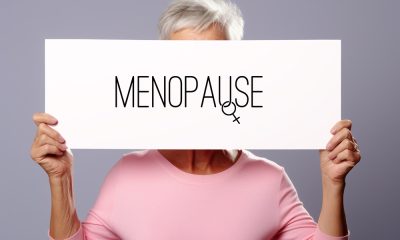
 Ageing4 weeks ago
Ageing4 weeks agoFDA plans to revise black box warning on menopause hormone therapies

 News2 weeks ago
News2 weeks agoWomen’s health innovations recognised in TIME’s Best Inventions 2025

 News3 weeks ago
News3 weeks agoAI-powered women’s health companion Nexus launches in UK

 Diagnosis4 weeks ago
Diagnosis4 weeks agoScientists turn human skin cells into eggs in IVF breakthrough

 Wellness2 weeks ago
Wellness2 weeks agoCutting through the noise in femtech – key takeaways from Women’s Health Week 2025

 Adolescent health3 weeks ago
Adolescent health3 weeks agoMenstrual cycle affects women’s reaction time, study finds

 News4 weeks ago
News4 weeks agoDaily pill could delay menopause ‘by years,’ study finds














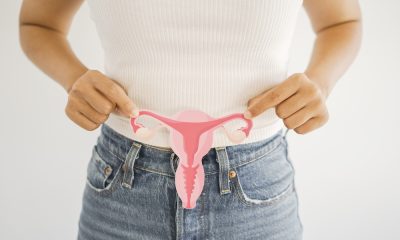

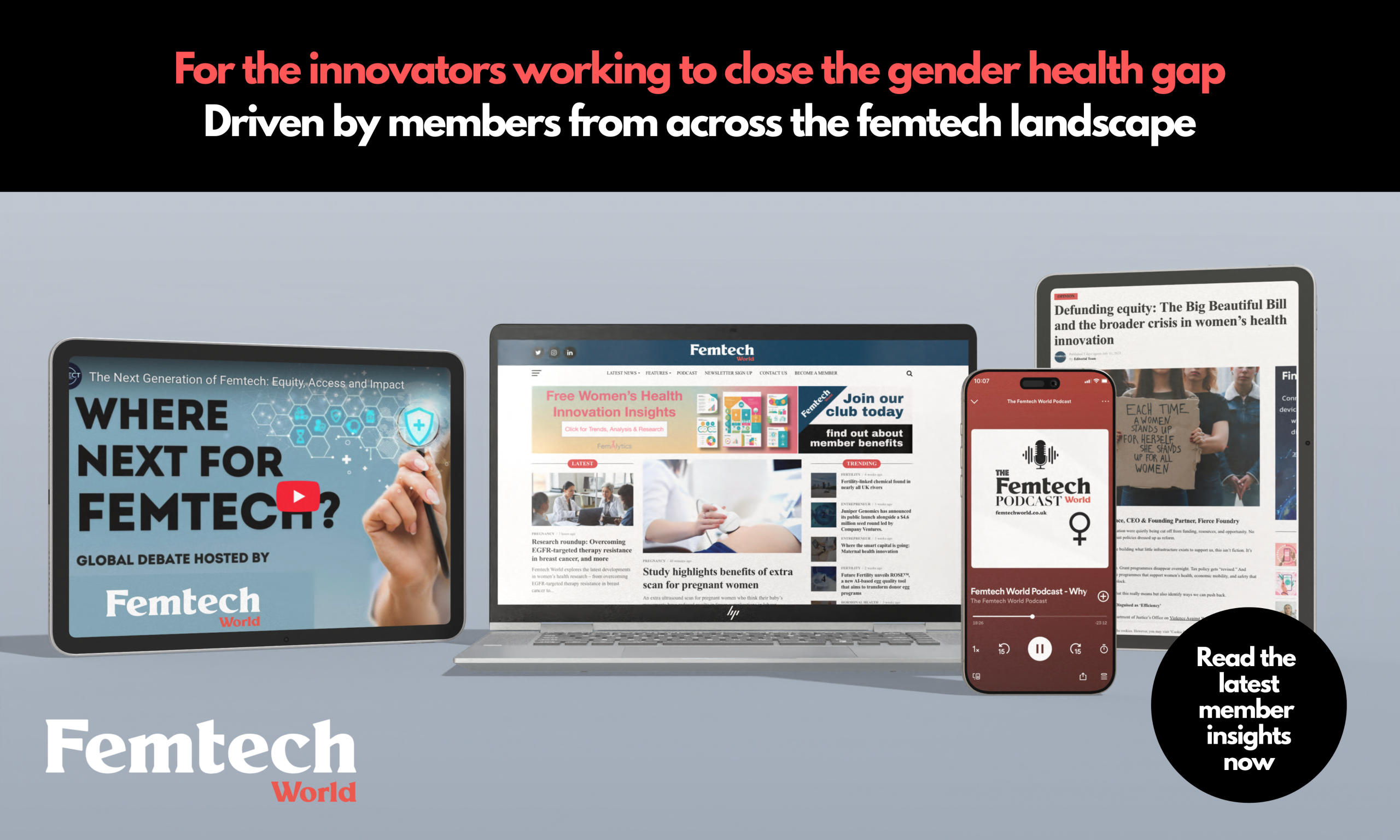













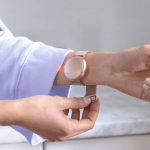
Pingback: Fertility care is a necessity, not a luxury: how fintech can pave accessible pathways to parenthood - FemTech World
Pingback: Ivy Fertility acquires California-based fertility practice - FemTech World
Pingback: Record numbers of women are freezing their eggs, data shows - FemTech World
Pingback: New service to allow women with cancer in Hong Kong to preserve ovarian tissue - FemTech World